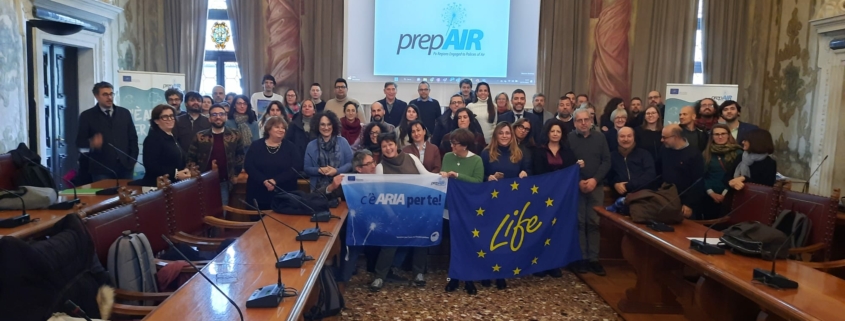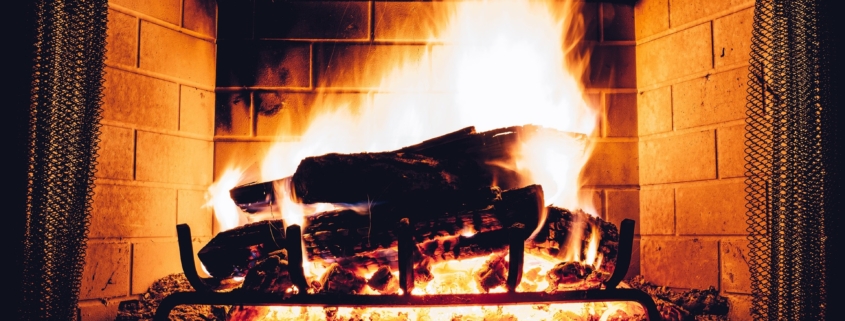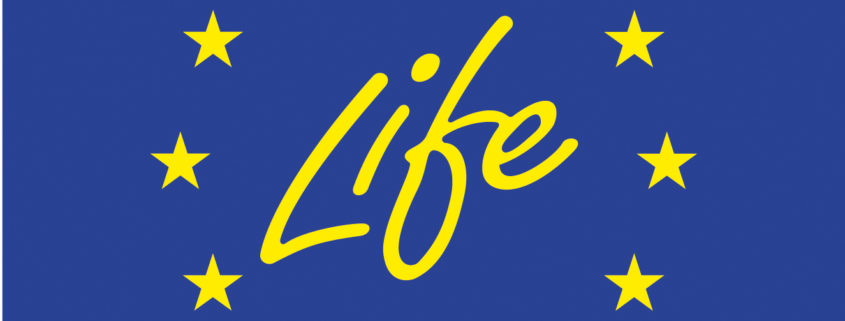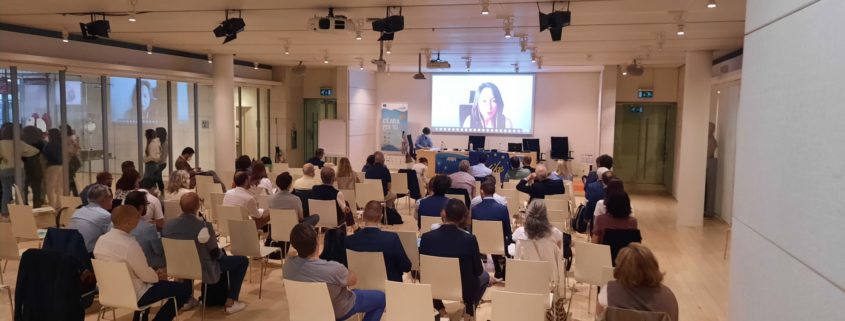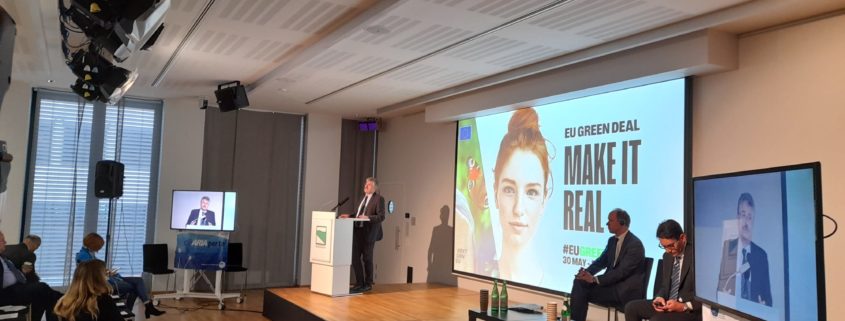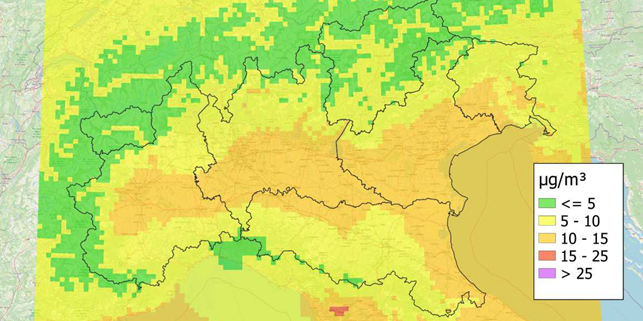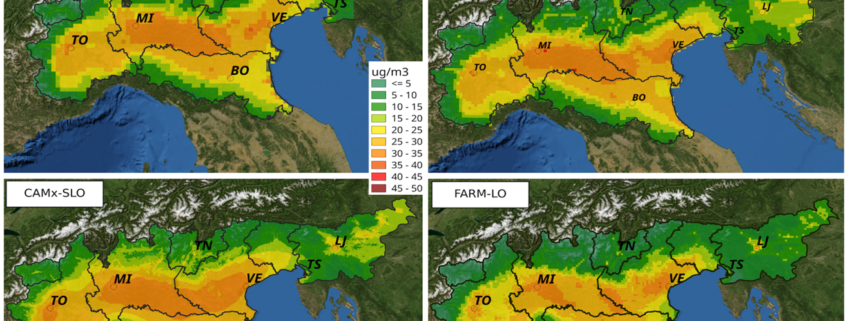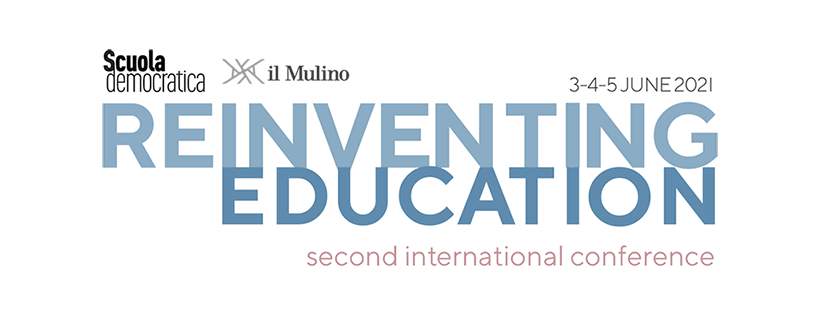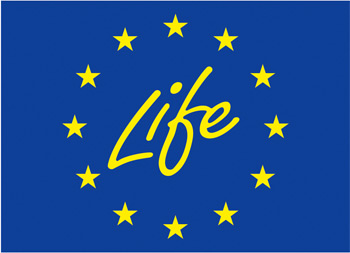In the final months of its long journey, the LIFE PrepAir project has been presented in Brussels during the conference entitled ‘Improving air quality together’ at the headquarters of the Emilia-Romagna delegation to the EU.
Air pollution has always been one of the main problems in the Po Valley area, also due to its geomorphological characteristics. In recent years, the project has contributed to a considerable improvement of the situation, thanks to a series of important results and inputs.
First of all, thanks to PrepAir, the topic has been tackled in an increasingly joint manner among the various partners and increasingly integrated among the various operational sectors (from production activities to agriculture and the environment). This has enabled the growth of a scientific community of reference, capable of providing a solid basis for monitoring the effects of the various actions tested and identifying the most effective ones in terms of building future scenarios.
As a result and equally important it has been the work done in terms of stimulating the government, ever since the fundamental agreement signed in Turin during Clean Air Dialogue in 2019.
In practical terms, PrepAir made it possible to devise and test important methods and tools to better study the issue, also addressing it at a sectoral level: monitoring the various pollutants, the various sources of pollution, the results recorded for specific areas and for different periods of the year.
Even the situation following 2020 lockdown – which, of course, was unpredictable at the start of the project – has been exploited to monitor the situation during a long and unprecedent period characterized by almost no vehicular traffic. It was thus discovered that the concentration of certain pollutants had decreased less than expected in the Po basin during the lockdown weeks: confirming that vehicular pollution is only one of the cause of poor air quality. Emissions from biomass domestic heating, as well as sewage manure in agriculture (which releases pollutants such as ammonia and nitrogen oxides) are equally important impacts.
The results achieved in each of the pillars were extensively summarised at the Brussels meeting by the project leaders, who took turns in presenting them.
The participation of François Wakenhut, head of the European Commission’s Clean Air Unit (a Commission that has sanctioned Italy on two occasions in recent years with regard to the excessive concentration of pollutants: in 2019 for PM10 and recently for nitrogen oxides) was particularly significant. In fact, Wakenhut took note of the numerous activities carried out by the various project partners in recent years and the evident progress made, congratulating them and encouraging Italy to continue in this direction.
Compliments that were also reiterated in the speech by Angelo Salsi, LIFE project manager for the European Union. The meeting was also attended by Joanne Swets, coordinator of the AIR network of European regions.
At the end of the day, the docufilm ‘C’è aria per te! (You’ve got Air!)’, a medium-length film produced by the project that will be available for screening by local broadcasters, at festivals and similar occasions.
Click here to dowload the slides of the conference.
Visit our virtual poster session
Look at the pictures of the event


